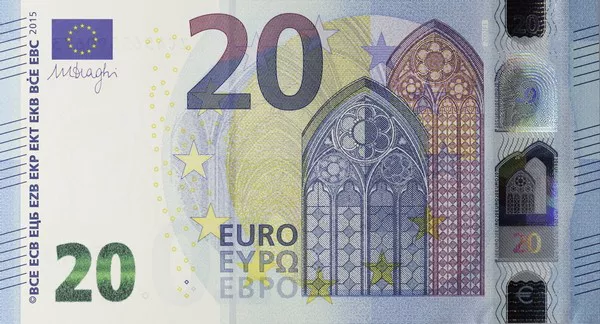The European Central Bank (ECB) is the central bank of the euro area and one of the most important institutions in the European Union. The ECB was established by the Treaty of Amsterdam in 1998, and it became operational in 1999.
The ECB’s primary objective is to maintain price stability in the euro area, which includes the 19 member countries that have adopted the euro as their currency. To achieve this objective, the ECB has a range of tools at its disposal, including setting interest rates, managing the money supply, and providing loans to banks.
Monetary Policy
The ECB’s main tool for maintaining price stability is monetary policy. The ECB sets the interest rate at which it lends money to commercial banks in the euro area. This interest rate, known as the benchmark or main refinancing rate, influences the interest rates that banks charge their customers for loans and mortgages. By adjusting this interest rate, the ECB can influence the cost of borrowing throughout the economy, which in turn affects spending and inflation levels.
Managing the Money Supply
In addition to setting interest rates, the ECB also manages the money supply in the euro area. It does this by controlling the amount of money that commercial banks hold in reserve with the ECB. When the ECB wants to increase the money supply, it can reduce the reserves that banks are required to hold, which allows them to lend more money to businesses and consumers. When the ECB wants to decrease the money supply, it can increase the reserve requirements, which restricts the amount of money that banks can lend.
Lender of Last Resort
Another important role of the ECB is as a lender of last resort. During times of financial crisis, banks may face liquidity problems, meaning they do not have enough cash on hand to meet their obligations. In these situations, banks can borrow money from the ECB at a lower interest rate than they would be able to obtain elsewhere. This helps to ensure that banks remain solvent and stable, which is essential for maintaining confidence in the financial system.
Supervision of Banks
In addition to its monetary policy and lender of last resort functions, the ECB is also responsible for supervising banks in the euro area. This includes monitoring their financial health, assessing their risk management practices, and ensuring that they comply with regulations and standards. The ECB works closely with national authorities in each member state to oversee the banking sector and promote financial stability.
Governance Structure
The governance structure of the ECB is designed to ensure its independence and accountability. The bank is headed by an Executive Board, which consists of a President, Vice-President, and four other members. The executive board is responsible for implementing monetary policy and managing the day-to-day operations of the ECB.
The ECB also has a Governing Council, which is made up of the six members of the Executive Board and the governors of the national central banks of the 19 member states. The Governing Council sets the overall direction of the ECB’s policies and makes decisions on interest rates and other key issues.
Conclusion
In conclusion, the European Central Bank plays a critical role in managing the euro area economy. Its primary objective is to maintain price stability, and it uses a range of tools to achieve this goal. In addition to its monetary policy function, the ECB also serves as a lender of last resort and supervises banks in the euro area. The governance structure of the ECB is designed to ensure its independence and accountability, and it works closely with national authorities to promote financial stability.


